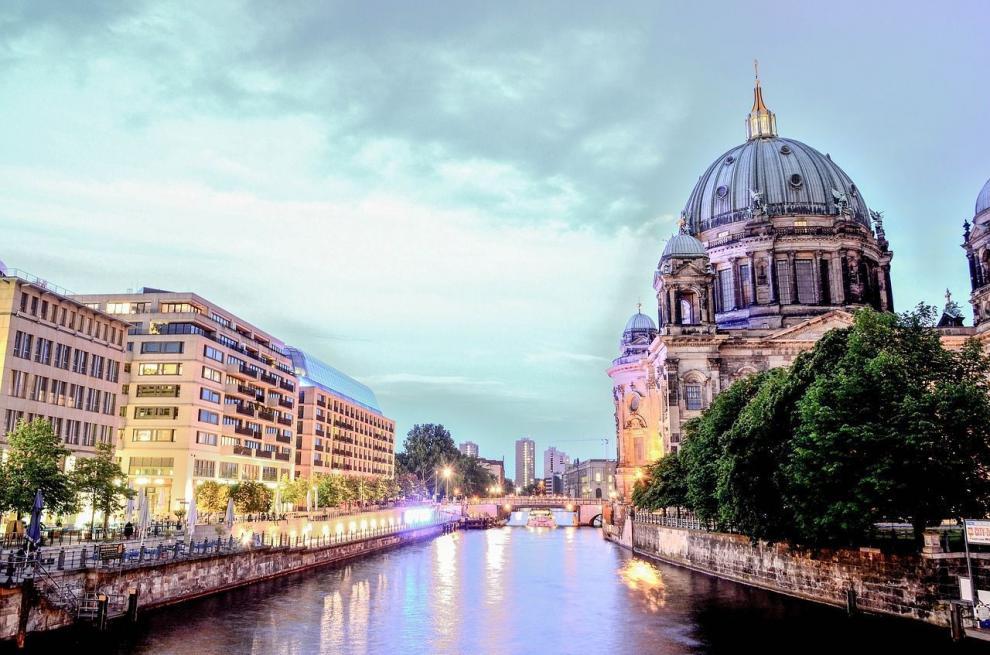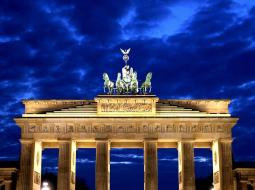Thessaloniki gets ready for its metro launch in November
The underground rapid transit lines have been under construction for almost two decades due to various project delays
 TheMayor.EU logo
TheMayor.EU logo 
Berlin was mentioned for the first time in 1251, but recently discovered artifacts show that the city has been inhabited since the beginning of the 12th century. The central part of the city was once part of two historical towns on both banks of the River Spree. 1237 is accepted as the year in which the city was officially founded. In 1307, the city still consisted of the two smaller towns but they had already built strong economic ties, although their administrations were still divided. Berlin was almost devastated during the Thirty Years' War, but the new monarch, Frederick William, introduced policies of religious and ethnic tolerance that helped Berlin recover from the losses and the destructions that the war brought. In the early 19th century, during Industrial Revolution the city began to expand rapidly and increase its population. In 1871, Berlin became the capital of the newly-founded German Empire. In the 20th century, the city was devastated during the World Wars, but managed to recover again and retain its status as a capital city.
The capital of Germany, Berlin, is the largest city in the country, and the most populous one. More than 3 500 000 million people live in the city, and just over 6 million in the whole region. The area of the urban part covers 891 sq. Km. It is located in the northeastern part of the country, 34 meters above sea level. At the heart of Berlin's economy are high-tech companies in the service sector. Berlin is divided into 12 districts, each further divided into smaller neighborhoods. Each area is run by a local mayor.
Some of the most important industries are in the field information technology, pharmaceuticals, biomedical engineering, biotechnology, electronics and construction. Several corporations such as Volkswagen and SAP have deployed their headquarters in the city. In 2015 in Berlin was ranked as having the most start-up companies in Europe which started their business. Berlin is among the top destinations for international conferences and business meetings. The creative industry also occupies much of the city's economy. The sector consists of music and film companies, advertising, architecture, design, fashion, and more. Some of the most famous cultural festivals in the world are held in Berlin. This makes the city extremely attractive for tourists.

Over 135 million tourists come to Berlin every year. Major tourist destinations include the Brandenburg Gate, the Berlin Wall, the Holocaust Victims Memorial, the TV Tower, as well as many museums and galleries. Built in the 18th century, the Brandenburg Gate is one of the symbols of the city. It is one of the few surviving structures after the Second World War. To the north of it is the Reichstag, with its dome being a major tourist attraction. 1316 meters long, the Berlin Wall today is covered with more than 100 paintings by famous artists.
Address: Jüdenstr. 1, 10178 Berlin